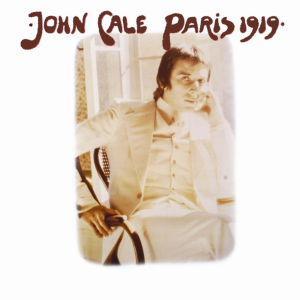
While there’s no denying that the Monkees were a manufactured pop group, what detractors seem to forget is that some of the music created in the process of fulfilling contractual obligations was pretty good. From the start the people behind the scenes gathered songs from already successful contemporary songwriters, and got to work creating the backing tracks using the cream of LA’s session musicians, the same people who’d been busy playing on records by the likes of Phil Spector, the Beach Boys, the Byrds, the Mamas & The Papas and countless others.
That’s not to suggest that The Monkees is a pop masterpiece; rather to consider just how awful the music written to order for a sitcom designed to capitalize on the Beatles and A Hard Day’s Night could have been. Instead, the producers found four guys who had more than a little charm, and decent singing voices. While some episodes of the TV show can be excruciating to watch today, the album provides a nice snapshot of the times.
Most of the singing is split between the two Monkees with acting experience, Micky Dolenz (who fit the role of the funny guy) and Davy Jones (resident British heartthrob and maraca shaker). Peter Tork (the dumb one who looked like Stephen Stills) didn’t have much to do besides gyrate and emote whilst pretending to play the bass, but in a foreshadowing of what was around the corner, Michael Nesmith (the serious musician, albeit with a ski cap) exerts a certain amount of power, writing and producing two country-influenced songs. One of those was a collaboration with Gerry Goffin and Carole King, who contributed other songs as well.
The bulk of the remainder were written by Tommy Boyce and Bobby Hart, a duo who’d slowly been making their way through the pop industry. What they came up with for the Monkees could have been performed by anyone of the time who’d been influenced by the Beatles. “Last Train To Clarksville” combines a great riff with layered harmonies over seventh chords, and a deserved #1 hit. “I Wanna Be Free” was also tried in an electric version for the TV show, but the acoustic album cut was slathered in strings for Davy to sing, in the footsteps of “Yesterday” and “As Tears Go By”. “Gonna Buy Me A Dog” is included in a jokey take that actually improved the song. “Let’s Dance On” manages to cram in several references to obsolete dance moves, and today sounds like a selection from That Thing You Do!
The Rhino label now owns the trademark to the Monkees name, and has never missed an opportunity to cash in on their investment. Their first expanded CD reissue of The Monkees added only a few tracks, but the later two-disc version included the album in both mono and stereo, with various alternate takes and songs that had been heard on the show, but not included on the album. To make things even more annoying for the collector, the eventual Super Deluxe Edition didn’t include all of the extras on each of the previous editions, choosing instead to load up one disc with session outtakes. Perhaps to balance those backing tracks with zero Monkee input, the third disc offers Davy’s 1965 solo album in mono and stereo, plus six early “Michael Blessing” tracks. Proceed with caution, or not.
The Monkees The Monkees (1966)—3
1994 reissue CD: same as 1966, plus 3 extra tracks
2006 Deluxe Edition: same as 1994, plus 25 extra tracks
2014 Super Deluxe Edition: same as 1966, plus 88 extra tracks




